What is Hay Fever?
You may be surprised to learn that it is very rarely related to hay, although the term was introduced when seasonal allergies affected farmers who worked in hay fields. The allergens, which trigger the symptoms we like to call hay fever, are caused primarily by pollen from trees, weeds, and grasses. So, is hay fever considered an allergy? Yes, but not necessarily to hay as you’d expect based on the name.
What Causes Hay Fever?
The list of what causes hay fever is long, and it’s common for people with one type of allergy to also react to other triggers. The main offender is the pollen released into the air by different types of plants and trees. When you inhale pollen, the cells in your body release histamine, which leads to common symptoms like sneezing. You can learn more about why pollen makes you sneeze here.
What Are Common Hay Fever Symptoms?
Symptoms of hay fever, which include itchy and watery eyes, sneezing, stuffiness, and an itchy, runny nose, don’t really differ from symptoms of indoor allergies.4 You may also experience an itchy roof of mouth or throat, swollen under-eye skin, and fatigue.5
As much as these symptoms may feel like an uncomfortable nuisance, they occur for a reason. Swelling, such as you might experience in your sinuses, is a mechanism the body uses to prevent more allergens from entering the body once it has detected an irritant. Sneezing is a mechanism your body uses to remove any irritants from your nose or throat that may have already found their way in.6
Common Symptoms
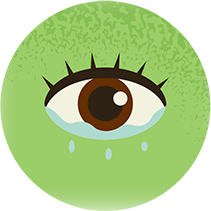
Itchy and watery eyes
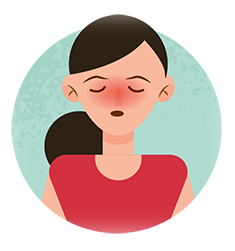
Nasal congestion
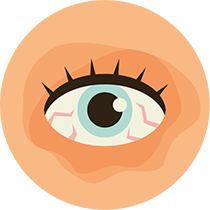
Swollen under-eye skin
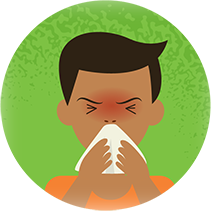
Sneezing
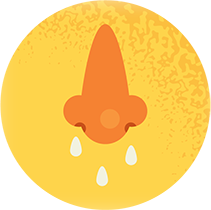
Itchy, runny nose
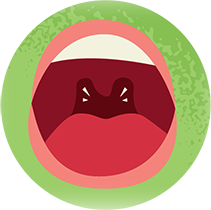
Itchy roof of mouth or throat
When Is Hay Fever Season?
Unsurprisingly, the answer to, “When does hay fever start?” or, “How long does hay fever last?” will depend on the weather and triggers where you live, since the pollen count in an early spring month like March is likely to be worse in Florida (where it’s warm and plants are blooming) rather than Minnesota (where the flora may very well be covered in a layer of frost or snow). That being said, it’s also based on precisely what triggers your sneezing, since hay fever symptoms generally crop up in spring, summer, and/or early fall when pollen from trees, weeds, and grasses are in full effect. Specifically, tree pollen tends to be at its worst in the spring, grass pollen is released during the end of spring and beginning of summer, and weed pollen steals the show in late autumn.7 Learn more about what allergens you can expect in which month in our Pollen-Month-By-Month guide.
The time of year isn’t the only factor in how bad your hay fever will be on a given day. The amount of pollen in the air will likely impact the severity of your symptoms.8 Pollen counts tend to be highest on warm, dry, and breezy days, especially in the morning; cool, rainy days tend to have the lowest pollen counts. Check out the ZYRTEC® ALLERGYCAST® app which helps predict how the pollen count may make you feel.
Common Culprits of Hay Fever
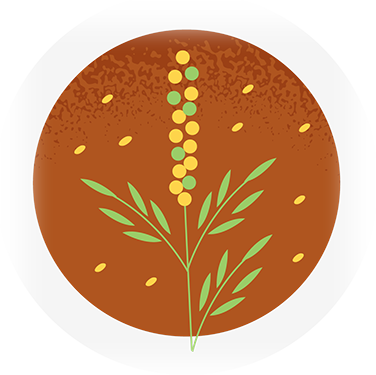
Ragweed pollen
Ragweed grows throughout the United States. It is found most commonly in the Eastern and Midwestern states, where long, mid-August nights allow the ragweed’s flowers to mature and release their pollen — and since just one plant can produce up to one billion pollen grains, that can really make you miserable.
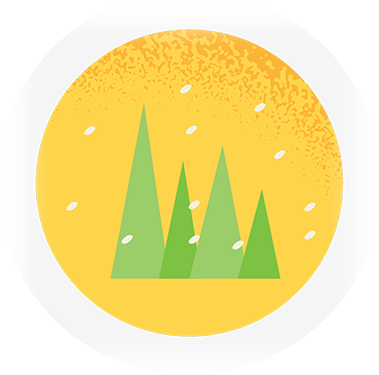
Grass pollen
Since grass is found just about everywhere — and its pollen scatters in the wind — it’s very difficult to avoid this allergen.
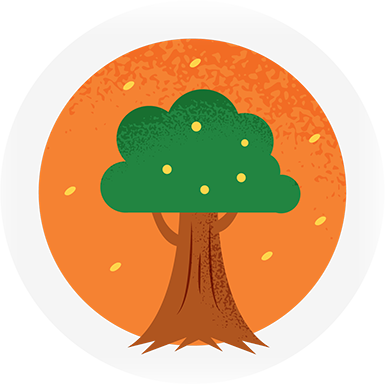
Tree pollen
This is the first seasonal allergen of the year. In southern states, trees release pollen as early as January.
What Are Hay Fever Remedies?
Knowing how to treat hay fever allergies is vital, especially if your symptoms are severe and impact your life. If you want to learn how to treat hay fever and reduce your pollen exposure, consider these tips.
Avoid your allergens
The best hay fever treatment is to identify your seasonal or perennial allergens and avoid them altogether. You can keep tabs on local pollen levels and your allergy symptoms with tools like the ZYRTEC® ALLERGYCAST® app.
Use antihistamines
Antihistamines can be taken the moment symptoms start to help provide powerful relief for hay fever symptoms. ZYRTEC® can help relieve allergy symptoms like itchy, watery eyes, sneezing, runny nose, and itchy nose or throat.
Use corticosteroids for nasal congestion
Corticosteroids (steroids) can help make breathing through the nose easier.9
Keep covered
When outside, cover up with a hat, gloves, glasses, and/or long-sleeve shirt. Remove those layers before you come in the house, if possible, so you don’t bring the pollen inside.
Clean up
Shower after being outdoors to remove pollen from your skin and hair.
Rinse your sinuses
For quick, effective relief from nasal congestion, clear mucus and allergens from your nasal passages with a squeeze bottle or with a neti filled with distilled water and saline.10
Get an allergy shot
Immunotherapy, more frequently referred to in conversation as allergy shots, can be helpful in some cases. It helps reduce hay fever symptoms in about 85 percent of people with allergic rhinitis.11 Immunotherapy involves injecting small doses of the allergen on a regular basis over the course of at least two or three years with the aim of desensitizing you to your allergy triggers.
If you aren’t able to avoid pollen or significantly reduce your exposure, take comfort in the fact that there are lots of ways to seek relief. And once you’re better acquainted with what makes you stuffy, sneezy, and itchy, you can plan ahead by tracking those allergens before you hear the season’s first, “Gesundheit!”

Kristen Seymour brought her passion for both pets and writing to the online space nearly a decade ago, working as an editor at AOL’s Paw Nation and then Vetstreet.com. She’s also a regular contributor to HealthyPet Magazine. Additionally, Seymour covers fitness, food and healthy (and yes, sometimes pets!) on her Fit Bottomed Girls website and podcast. Based in sunny Sarasota, Florida, Seymour shares her office with her husband and a small menagerie of rescue pets: a snuggly senior Lab mix, a mouthy hound mix and a cat who loves to be petted exactly seven times—but never eight.
References
https://www.aaaai.org/conditions-and-treatments/allergies/rhinitis,
https://www.aaaai.org/tools-for-the-public/conditions-library/allergies/rhinitis,
https://www.mayoclinic.org/diseases-conditions/hay-fever/symptoms-causes/syc-20373039
https://www.nhsinform.scot/illnesses-and-conditions/immune-system/hay-fever
https://my.clevelandclinic.org/health/diseases/8622-allergic-rhinitis-hay-fever
https://www.mayoclinic.org/diseases-conditions/hay-fever/diagnosis-treatment/drc-20373045
https://www.ent.uci.edu/learning-center/blog/hay-fever-symptoms-and-treatments.asp
Links to other parties’ articles and websites are provided for convenience only. Kenvue is not responsible for their content.

